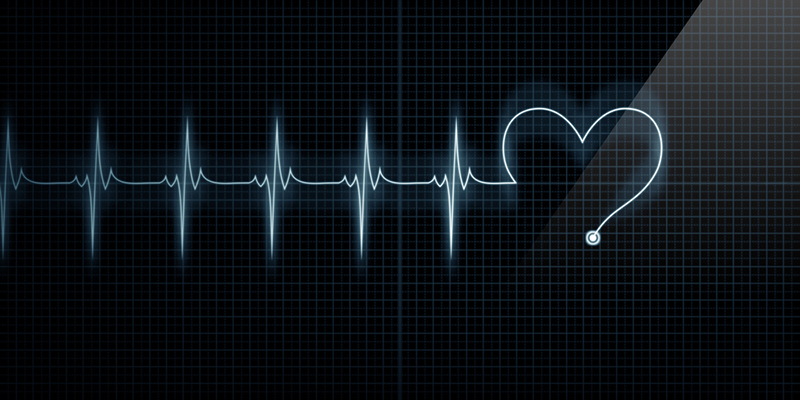Volume 113, Nº 4, October 2019
DOI: http://www.dx.doi.org/10.5935/abc.20190185
ORIGINAL ARTICLE
Introduction of Application of Gini Coefficient to Heart Rate Variability Spectrum for Mental Stress Evaluation
Miguel Enrique Sánchez-Hechavarría
Shreya Ghiya
Ramon Carrazana-Escalona
Sergio Cortina-Reyna
Adán Andreu-Heredia
Carlos Acosta-Batista
Nicolás Armando Saá-Muñoz

Abstract
Background: The Gini coefficient is a statistical tool generally used by economists to quantify income inequality. However, it can be applied to any kind of data with unequal distribution, including heart rate variability (HRV).
Objectives: To assess the application of the Gini coefficient to measure inequality in power spectral density of RR intervals, and to use this application as a psychophysiological indicator of mental stress.
Methods: Thirteen healthy subjects (19 ± 1.5 years) participated in this study, and their RR intervals were obtained by electrocardiogram during rest (five minutes) and during mental stress (arithmetic challenge; five minutes). These RR intervals were used to obtain the estimates of power spectral densities (PSD). The limits for the PSD bands were defined from 0.15 to 0.40 Hz for high frequency band (HF), from 0.04 to 0.15 Hz for low frequency band (LF), from 0.04 to 0.085 Hz for first low frequency sub-band (LF1) and from 0.085 to 0.15 Hz for second low frequency sub-band (LF2). The spectral Gini coefficient (SpG) was proposed to measure the inequality in the power distribution of the RR intervals in each of above-mentioned HRV bands. SpG from each band was compared with its respective traditional index of HRV during the conditions of rest and mental stress. All the differences were considered statistically significant for p < 0.05.
Results: There was a significant decrease in HF power (p = 0.046), as well as significant increases in heart rate (p = 0.004), LF power (p = 0.033), LF2 power (p = 0.019) and LF/HF (p = 0.002) during mental stress. There was also a significant increase in SpG(LF) (p = 0.009) and SpG(LF2) (p = 0.033) during mental stress. Coefficient of variation showed SpG has more homogeneity compared to the traditional index of HRV during mental stress.
Conclusions: This pilot study suggested that spectral inequality of Heart Rate Variability analyzed using the Gini coeficiente seems to be an independent and homogeneous psychophysiological indicator of mental stress. Also, HR, LF/HF, SpG(LF) of HRV are possibly important, reliable and valid indicators of mental stress. (Arq Bras Cardiol. 2019; 113(4):725-733)
Keywords: Gini Coefficient; Heart, Rate; Stress, Psychological/physiopathology; Action, Spectrum; Parasympathetic Nervous System; Simpathetic Nervous System.















